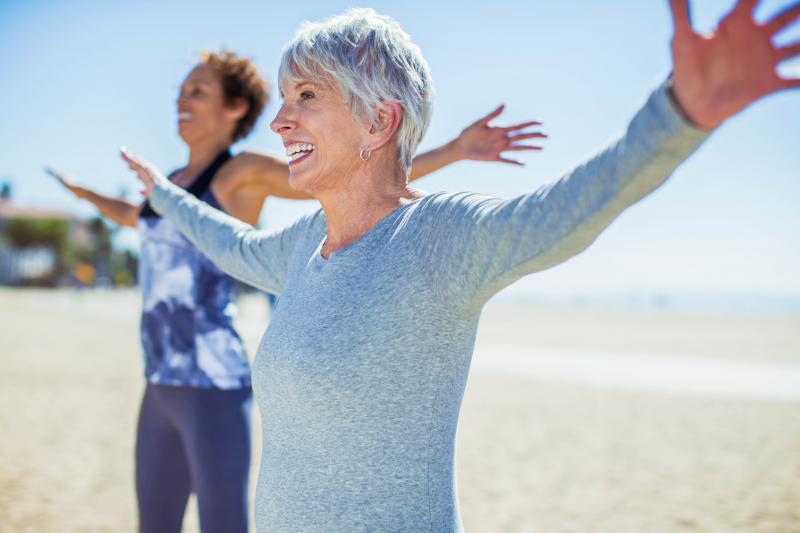Our small coastal area has evolved over the years as a large influx of retirees is moving to the area. Our area is close to major cities, while also offering a moderate climate with ample restaurants and activities.
It also helps that it is only a stone’s throw to the beach. However, much like our area, the idea of retirement has evolved over the years as well. The idea of sitting back and enjoying the golden years pass by has turned into a get-out-and-explore mentality about retirement.
With many of our communities now filled with individuals with ample time and resources, physical health takes on more importance, with the new, active retirement.
What are some health factors older adults will encounter that will impact exercise as they get closer to retirement?
An individual’s metabolic rate will begin to slow down as we age. Most people will see the effects of a slow metabolism when they reach 40 years of age.
Some of that is the normal progression of the human body aging, while some of it is also influenced by our societal trends. Individuals in the age bracket of 40-60 are less active than individuals in the 20-39 age bracket.
Elastin is a protein found in connective tissue that allows tissue to stretch more freely and bounce back without damage. The younger we are, the more elastin our body produces. Normally, the younger we are, the more impact our body can handle, the better our skin looks, and the more flexible we are.
As we age, our body will slowly produce less elastin and our body will begin to produce more collagen. Collagen is also a protein found in our connective tissue, but collagen stiffens tissue to prevent elasticity.
Research has indicated that an individual’s neuromuscular control begins to decrease as early as 35 years of age, but there is a drastic decrease when an individual passes 50. It impacts all movement as well as an individual’s hand-eye coordination.
If the body is unable to recruit adequate muscle fibers to fire during basic movements, the risk of injury due to tripping, falling or dropping an object drastically increases.
The bad news is these things will happen to all of us as we age. However, there is good news. There is one thing that can delay the onset of these issues: exercise.
Individuals who maintain a consistent exercise regimen of 30-60 minutes a day, 4 to 5 days a week, will decrease the onset of all of these issues. A good mix of aerobic and anaerobic activity will increase an individual’s metabolic rate.
The body will also produce more elastin with an increase in activity. Aerobic workouts can be any activity where movement is maintained for a prolonged amount of time, such as cycling, swimming or walking.
Individuals may want to try joining a cycling group or convincing a friend to walk around the community with them every other day. Anaerobic activities can be pickleball, weight training, running or group exercise class. Along with anaerobic and aerobic activities, incorporating speed or agility training into an individual’s workout will also improve neuromuscular control.
Just because you are getting older or you may be out of shape does not mean you should use that as an excuse to give up exercising. The fact we are getting old is the exact reason why we need to be active.
An active lifestyle as we age will allow us to take advantage of our retirement years.




















































